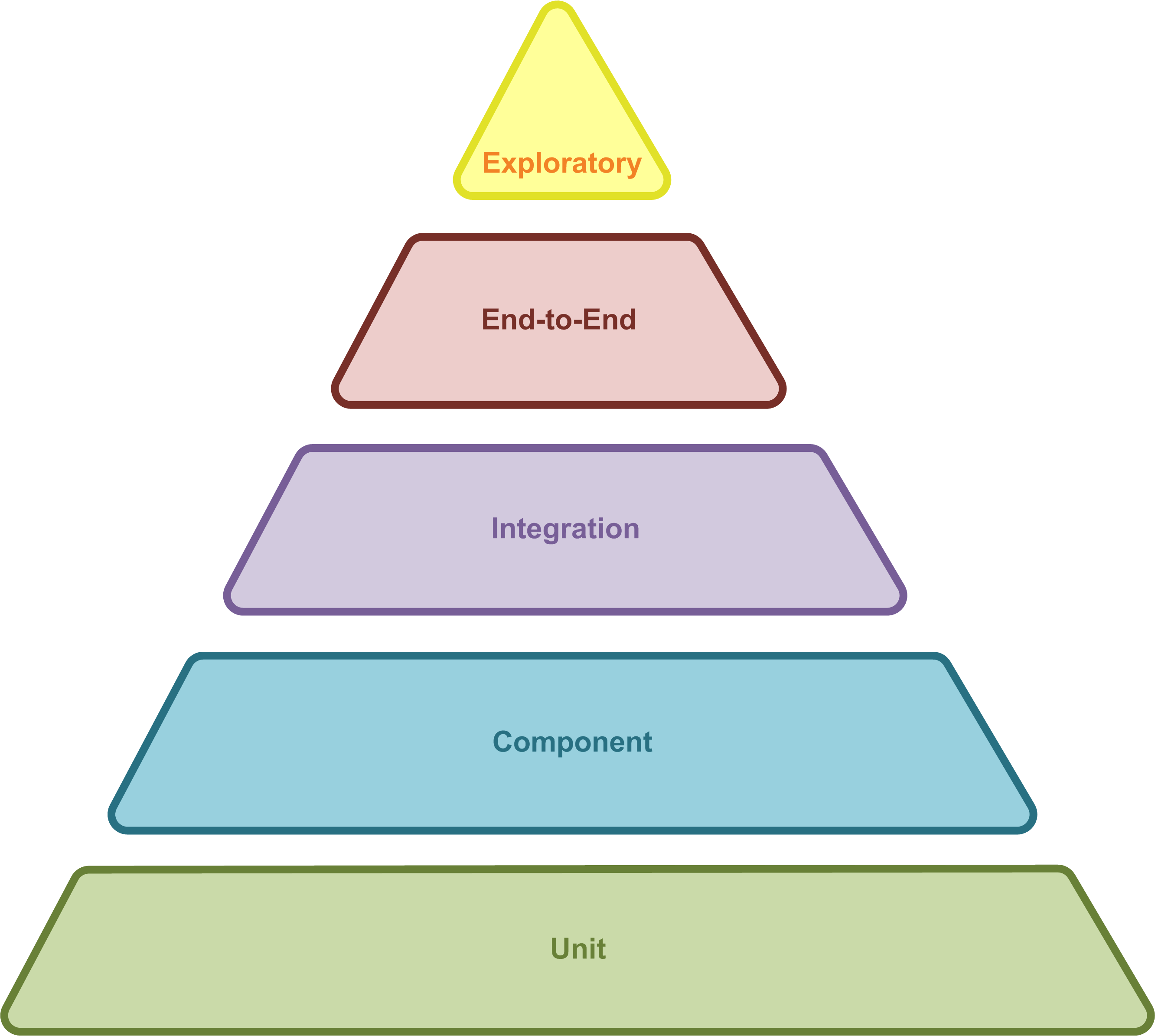
AgileDev
- Last Published: 2016-12-13
- |
- Version: 0.1.15-SNAPSHOT
- Guidelines
- Developers Setup
- Site Documentation
- Documentation
- Branching Models
- Javadoc guidelines
- Software Design Principles
-
Patterns
- API gateway
- Automated testing
- Builder
- Bulkheads
- Caching
- Circuit Breaker
- Client Side Discovery
- Command Query Responsibility Separation
- Deployment microservices
- Domain Driven Design
- Enterprise Integration Pattern
- Exception Handling
- Event Sourcing
- Microservice Architecture
- Monitoring
- Monolithic Architecture
- Scale Cube
- Self registration
- Server Side Discovery
- Service Connector
- Service Registry
- Service Statelessness
- Single Responsibility Principle
- System of Record
- Timeouts
- Try-Cancel/Confirm
- UUID
- 3rd party registration
- Glossary
- Abbreviations
- Modules
- Build Configuration
- AsciiDoctor output Doclet
- AsciiDoctor Site Diagram Activator
- Maven Site Indexer
- AgileDev common
- AgileDev parent POM
- JUnit BDD
- Design By Contracts for Java
- Cucumber Reporting
- Cucumber Reporting example
- Embedded MySQL Server
- Maven plugin Embedded MySQL Server
- CQRS for Spring
- Event Sourcing for Spring
- Try Cancel/Commit transactions for Spring
- Narayana Tomcat listener
- Tutorial ArchiMate
- Tutorial regarding CQRS and Event sourcing
- Tutorial Design by Contract
- Tutorial Domain Driven Design
- Tutorial Rest
- Project Documentation
- Project Information
Automated testing
TODO

The testing pyramid essentially points out that you should have many more low level unit tests than high level end-to-end tests running. The layers we can distinct are:
- Exploratory -
- End-to-End
- Integration - By integration tests the interaction between two or more services is explicitly tested.
- Component -
- Unit - In this context, a ‘unit’ is often a function or a method of a class instance. See unit testing for more details.
Test Data
One of the harder challenges within automated testing is generating valuable test data. Hard coding assumptions about data availability can be a fragile approach as there are no guarantees that the data continue to exist. Furthermore, some tests may require data consistency across multiple services.
One of the robust strategies is to create the test data during the test run, as you guarantee the data exists before using it. This requires however that each service allows creating new resources, which isn’t always the case. A solution for this could be to expose in the test environments test-only endpoints to facilitate test data creation. These end-points are of course not exposed in the production environment.
An alternative strategy is to have each service publish a cohesive set of test data that is guaranteed to be stable.
